Music is generally thought of as a creative process rather than a technical one. Nevertheless, without technology there would be no music as we know it today. Acapella, as seen in movies like Pitch Perfect, is one of the few genres that doesn’t require instruments to get up and running.
But if acts want their work recorded then it’s modern technology they’ll rely on.
Singers and musicians of the 21st century have it relatively easy when it comes to laying down a track.

Back in the 1920s, when recorded music was in its infancy, things were a tad more complex. During this decade a piece of kit called a recording lathe came into being.
Music had been recorded onto disc since the late 1800s, courtesy of Thomas Edison’s phonograph. As with any process, its development was mirrored around the world to varying degrees. However the business was seen as a luxury concern, only accessible to those who could afford it.
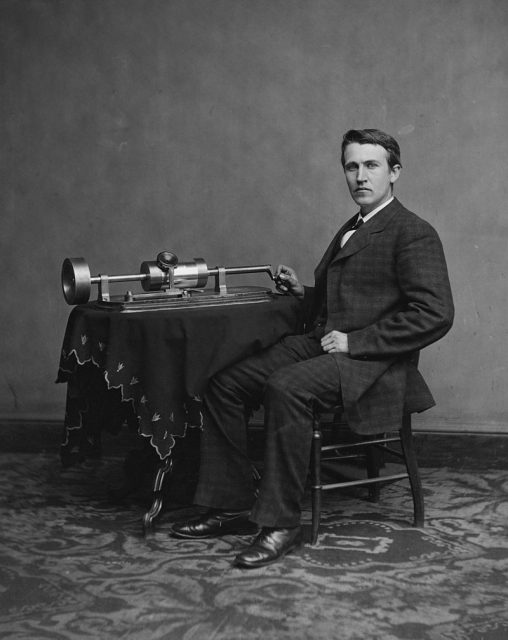
The development of radio took a chunk out of this cosy arrangement. According to a 2017 article for Wired, “Record sales dropped 80 percent in 1926 alone.” Companies such as Columbia Records then decided to get out among the people using cutting edge tech.
Cutting being the operative word. The lathe (a long-established term referring to a machine which shapes things) originally etched grooves onto wax discs. Recording lathes traveled across America, accompanied by operatives known as “song catchers.” The effect was to open up the music market and reinvent the industry in the process.
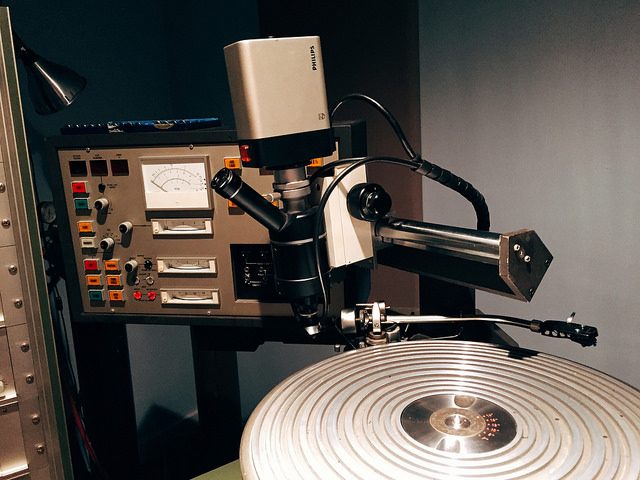
As Wired explains, “These portable machines toured the country in the 1920s, visiting rural communities like Poor Valley, West Virginia, and introducing musicians like the Carter Family to new audiences… Much like iTunes and streaming, the lathe democratized music.”
The recording lathe itself was the preserve of John J. Scully and son Lawrence, via their operation Scully Recording Instruments. The website Preservation Sound offers a download of a 1956 profile from High Fidelity magazine.
Its opening sentence sets the tone of the piece: “No-one can be in the record business very long without hearing the name Scully.”
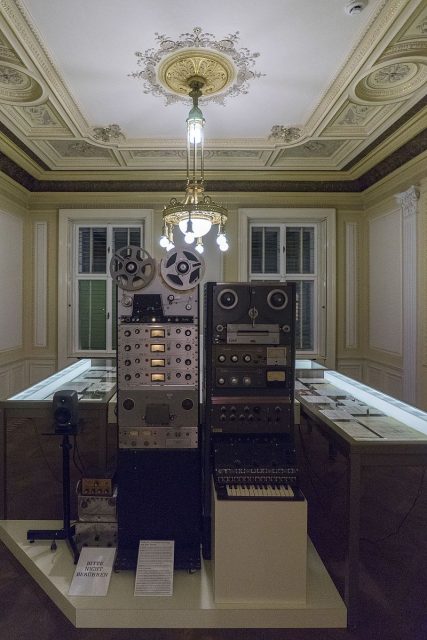
Originally hailing from Ireland, John J. worked for the Columbia Phonograph Company in the early 20th century, where he helped come up with the dictaphone.
Every Day Items Used As Movie Props
Then in 1920 “he went into business by himself to make a real recording machine, the first designed by a specialist for use by record manufacturers… it was driven by weights, just like old grandfather clocks.” The process was soon noticed by giant entities like Western Electric.
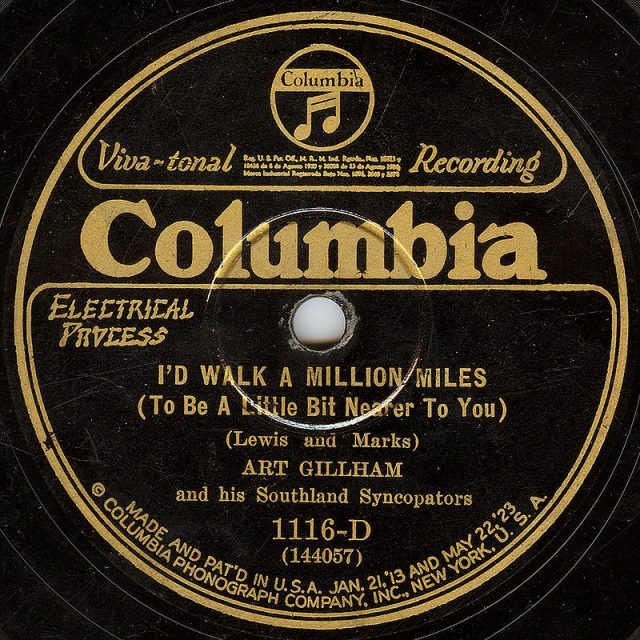
A 100 pound weight was part of a pulley system that made the turntable for the 78 go round. Yet it did a lot more than facilitate the recording. It dictated the duration of the song itself.
The reason many entries in the hit parade are around the 3 min mark is down to the time it took before the weight dropped to the floor, presumably with a rather audible impact.
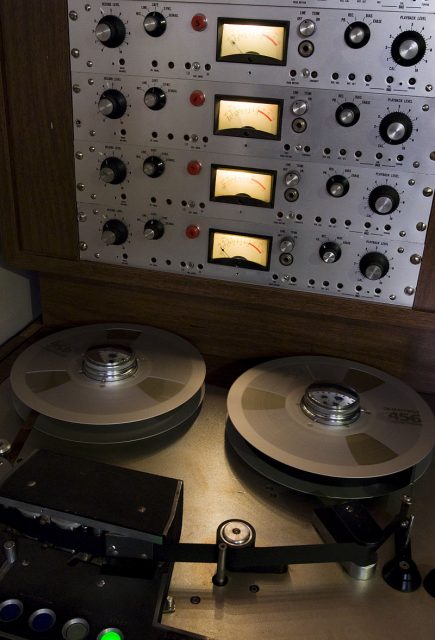
This and the precise placing required around a microphone meant the smaller the group the better. The means had shaped the message, creating the format for decades of musical acts and playlists.
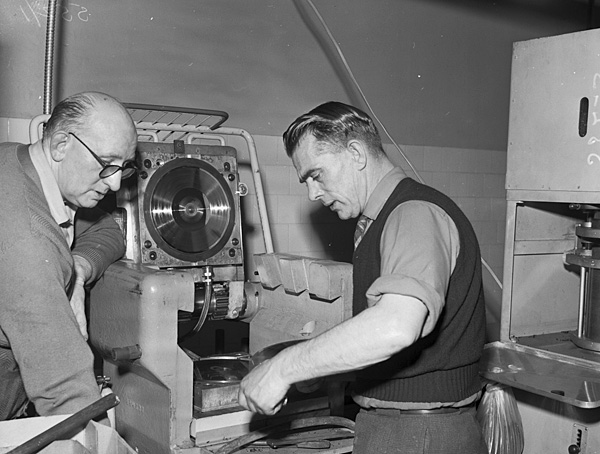
When talking about the context, Wired states that “Recordings from the likes of Mississippi John Hurt and Skip James and Robert Johnson laid the foundation for the music of the late 20th century,” before quoting Bernard MacMahon, director of PBS documentary American Epic:
“It brought about the advent of the American singer-songwriter, of people recording songs about their own lives, about what was happening in the world… For the first time, America suddenly heard herself—and began to communicate with herself—through music.”
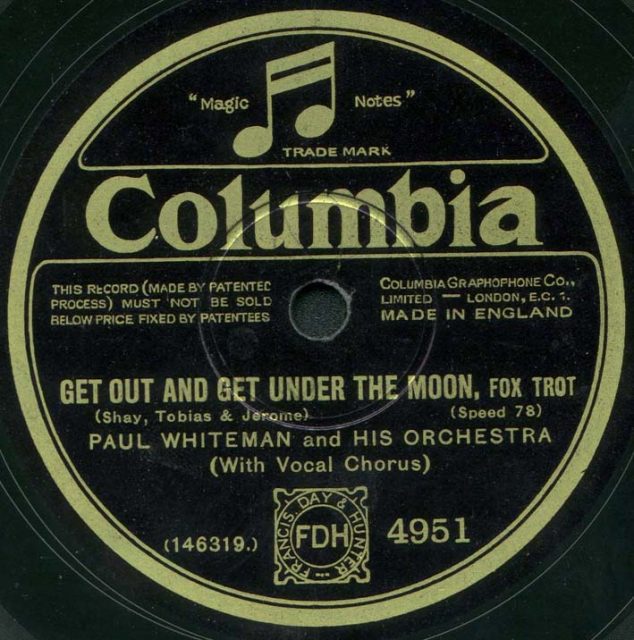
While the elaborate system was replaced, the principle remained the same. A tradition had begun, rooted in the reality of artists’ day to day experiences.
Read another story from us: Why do People say “Hello” when Answering the Phone?
The lathe and that intimidating 100 pound weight may have seemed like dead items of equipment. In fact they played a key role in giving modern music its mojo.
Steve Palace is a writer, journalist and comedian from the UK. Sites he contributes to include The Vintage News, Art Knews Magazine and The Hollywood News. His short fiction has been published as part of the Iris Wildthyme range from Obverse Books.
